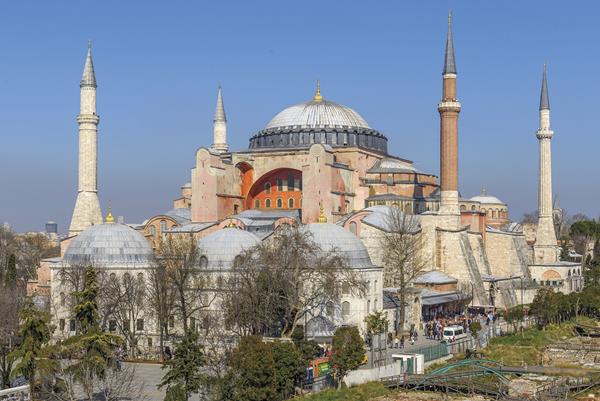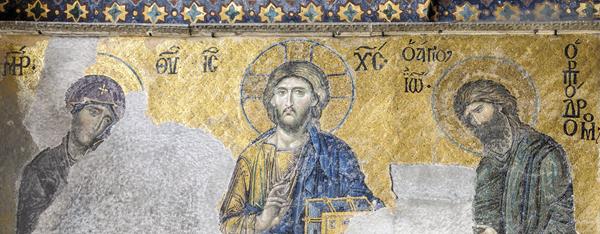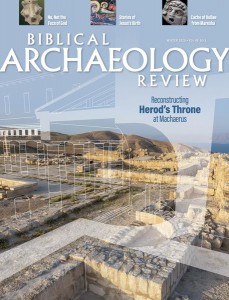
Hagia Sophia, a UNESCO World Heritage Site since 1985, is starting a new chapter of its history, as a mosque. Again.
For almost a millennium—from its foundation by Emperor Justinian, in 537 C.E., until the fall of Constantinople in the hands of the Ottoman Turks, in 1453—Hagia Sophia, or the Church of the Divine Wisdom, was the principal cathedral of Eastern Orthodox Christendom. After the Ottoman conquest, this majestic edifice was converted into the central mosque of the new Islamic empire. Following the First World War, the Ottoman Empire disintegrated, and the Republic of Turkey emerged, with the glorious city on the Bosporus as its capital.

In 1934, the first Turkish president, Mustafa Kemal Atatürk, who introduced progressive reforms and is credited with the modernization of the country, established the Hagia Sophia as a museum—a secular historic site—acknowledging both its Christian and Muslim histories. However, after 86 years, the current president, Recep Tayyip Erdogan, signed a decree on July 10, 2020, to revert the museum to a mosque. This move has been protested around the globe by numerous cultural heritage professionals and institutions, including the International Association of Byzantine Studies and the UN.
Already a library member? Log in here.
Institution user? Log in with your IP address.

